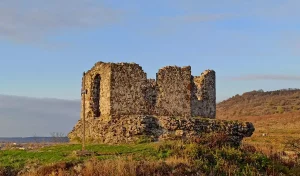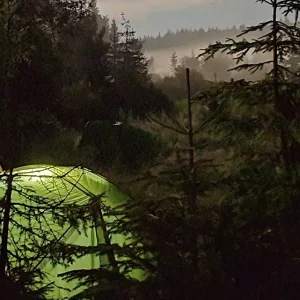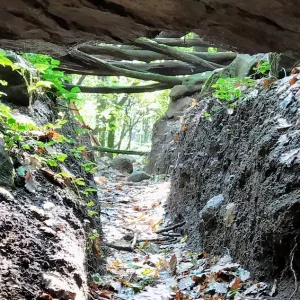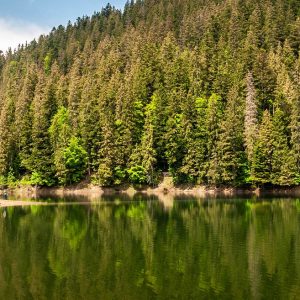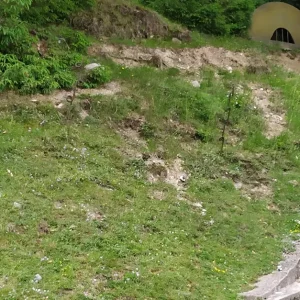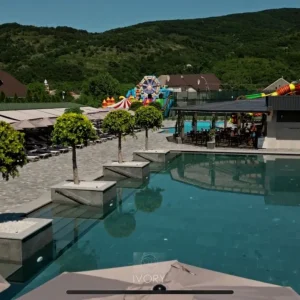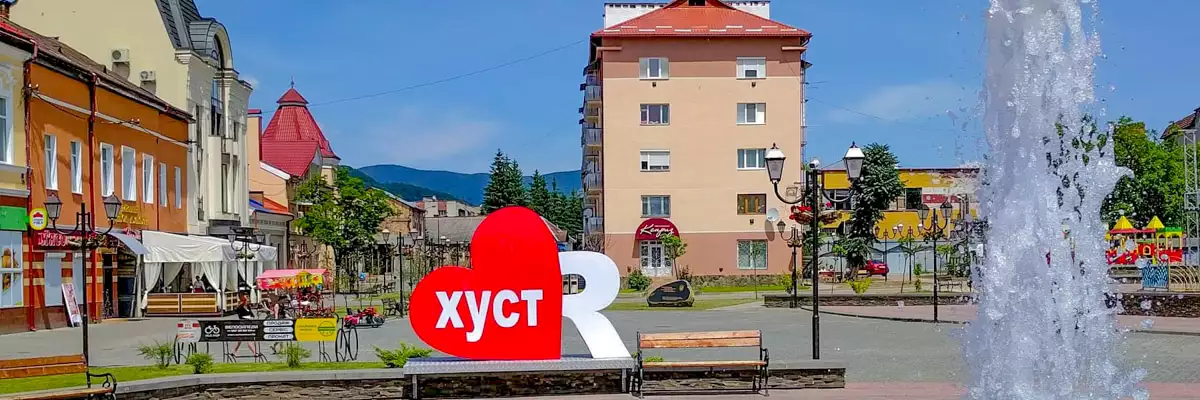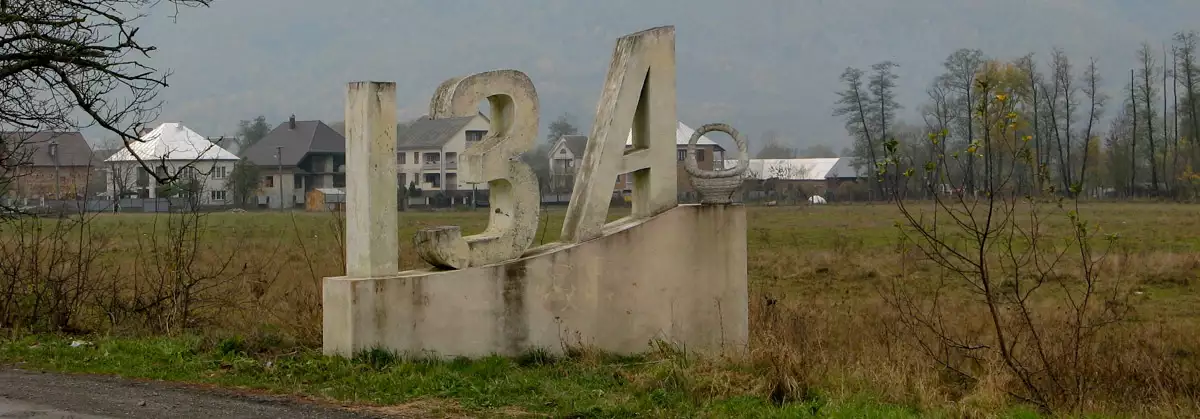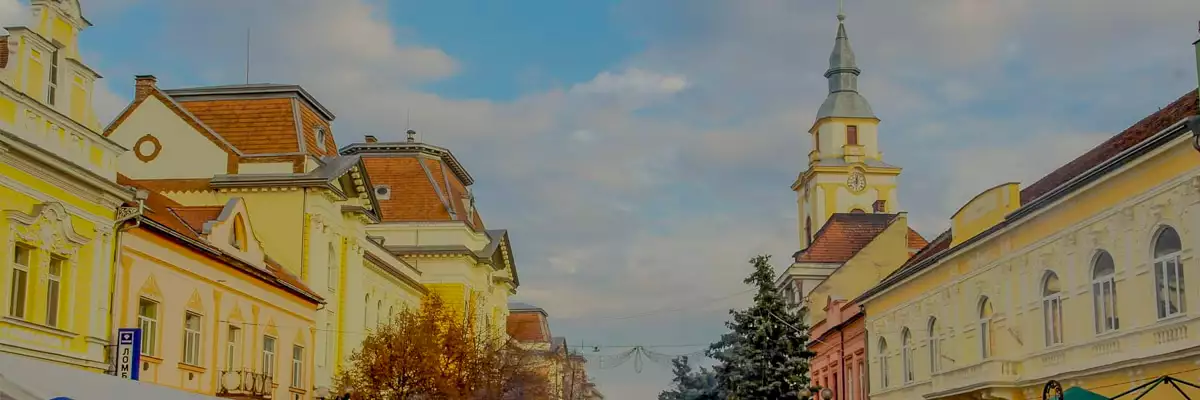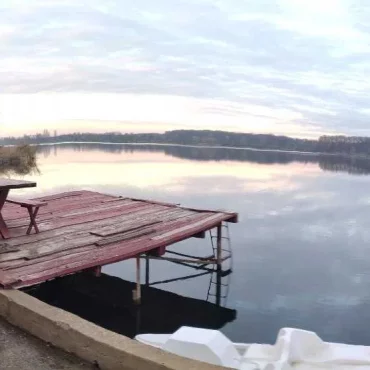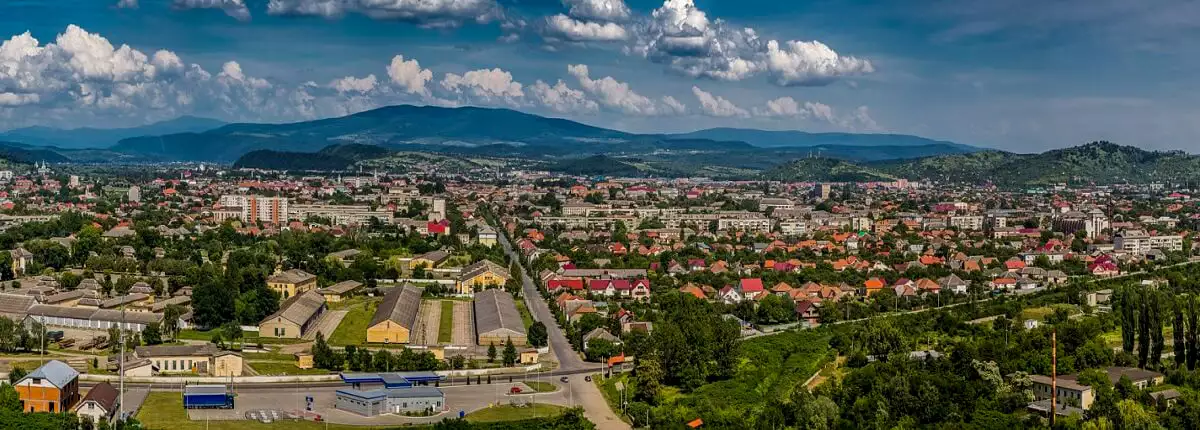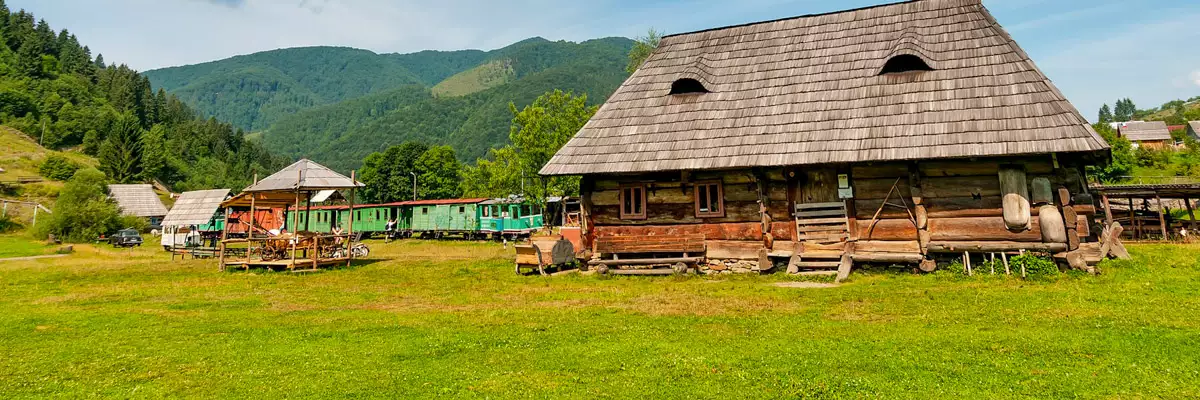Detailed description of the Kankiv Castle in Vynogradiv
Not far from the castle core, if you move a little to the northeast, you can see the ruins of the castle’s one-nave church. The remains of a small chapel built in the 14th century are better preserved than other parts of the castle complex. Until recently, the chapel was covered with a tin roof, and the remains of ancient paintings could be seen on its walls. Nowadays, the chapel is in an extremely dilapidated state, as are the rest of the ruins of Kankiv.
The Kankiv fortress was first mentioned in the Hungarian chronicle The Acts of the Hungarians. This historical source claims that in the IX century there was a Slavic settlement on the site of the fortress, and two hundred years later the Hungarians built a fortification in its place to protect the border of the kingdom and the trade “salt route”.
Even when the castle was wooden, it was destroyed by the invasion of Batu Khan in 1240. It was the centre of the Ugocsa zhupa, which was the smallest in the Kingdom of Hungary.
During the reign of the Hungarian king Benedek Borssza in the XIV century, Kankiv was transformed from wooden to stone. During the feuds and struggle for the throne, King Charles Robert stormed Kankiv and completely destroyed it. Another monarch (Zhygmond I) rebuilt the fortress, and in 1399 gave it to the feudal lord Petro Pereni as a reward for his active and heroic participation in the battle against the Turks in 1396. In the 15th century, Baron Pereni transferred Kankiv to Franciscan monks, who turned it into a monastery. However, already in 1557, the baron’s descendant converted to Protestantism and expelled Catholic monks and priests from his lands. The monks who resisted were brutally murdered. According to legend, before these bloody events, the monks imprisoned Baron Pereni’s daughter in the dungeons of the fortress. The beautiful woman went mad and died of grief, which led to the baron’s cruel revenge.
A detachment of Austrian royal troops led by General Tekelesi opposed Pereni, who captured and destroyed the castle in 1566. The castle was never restored.
